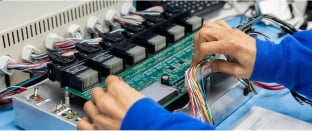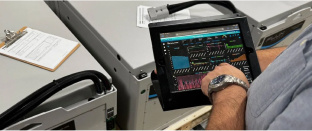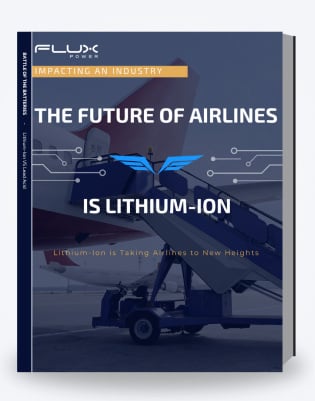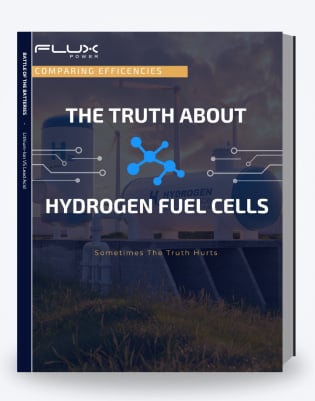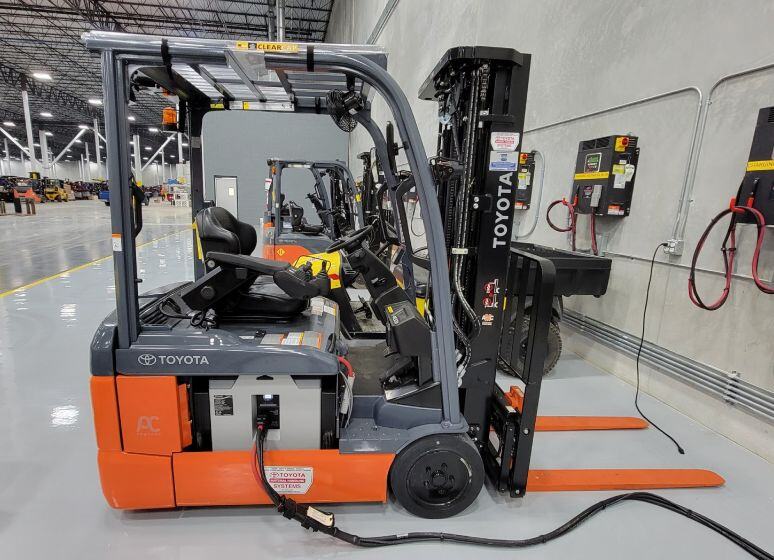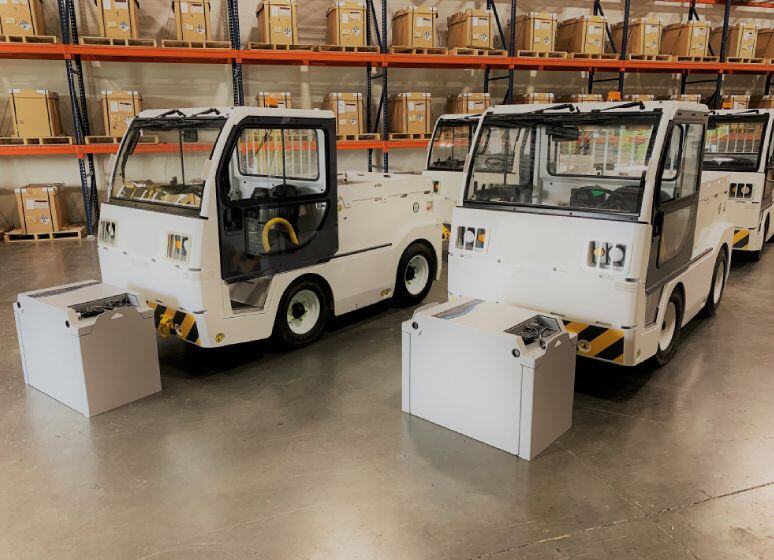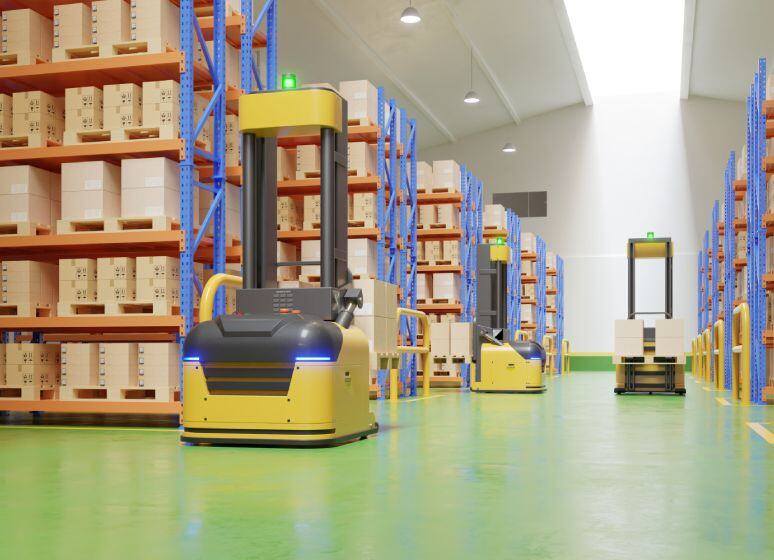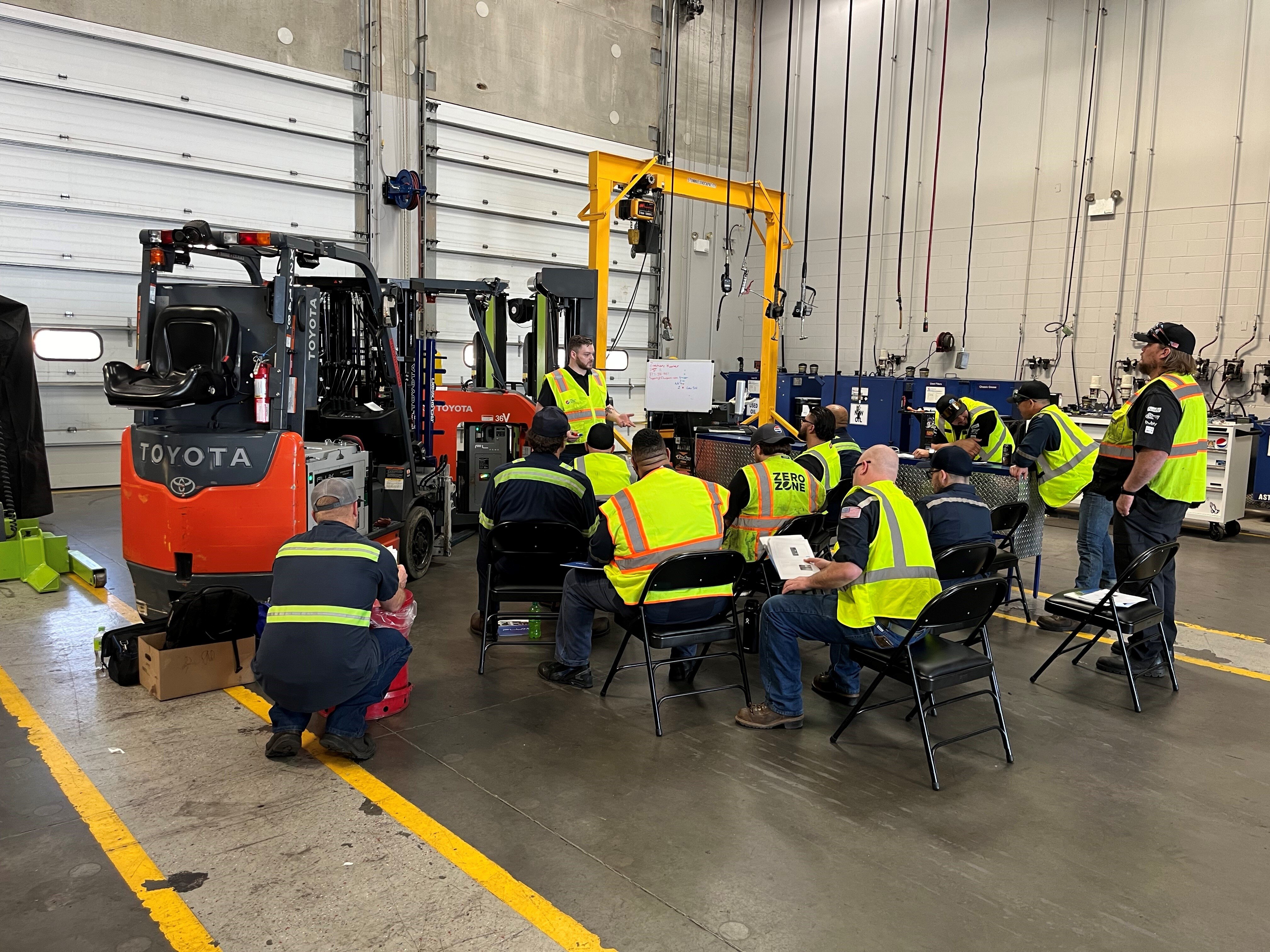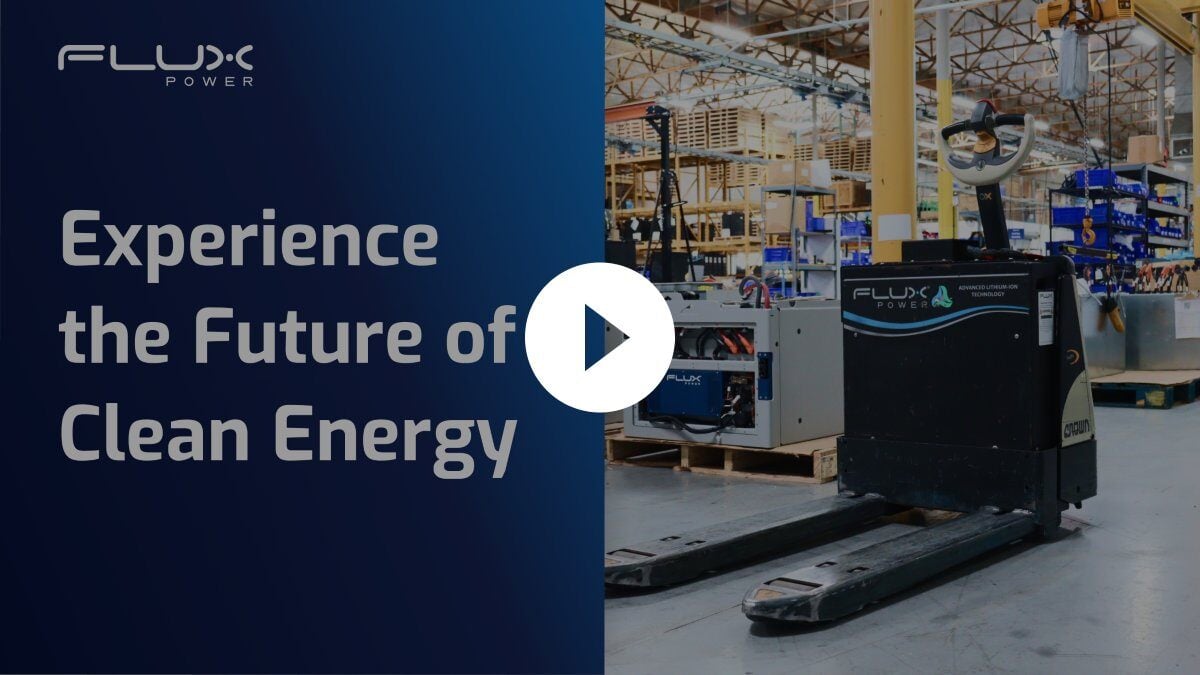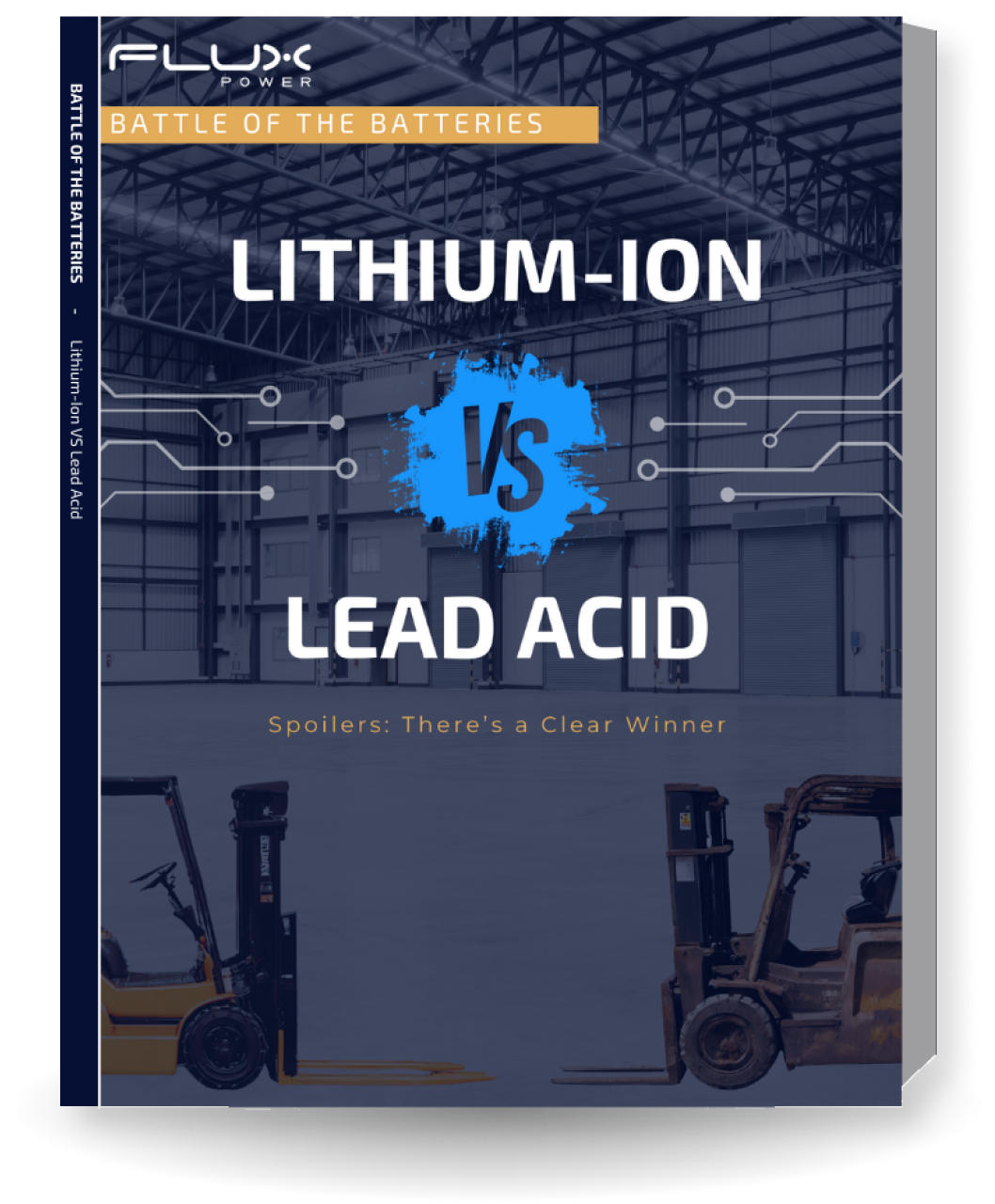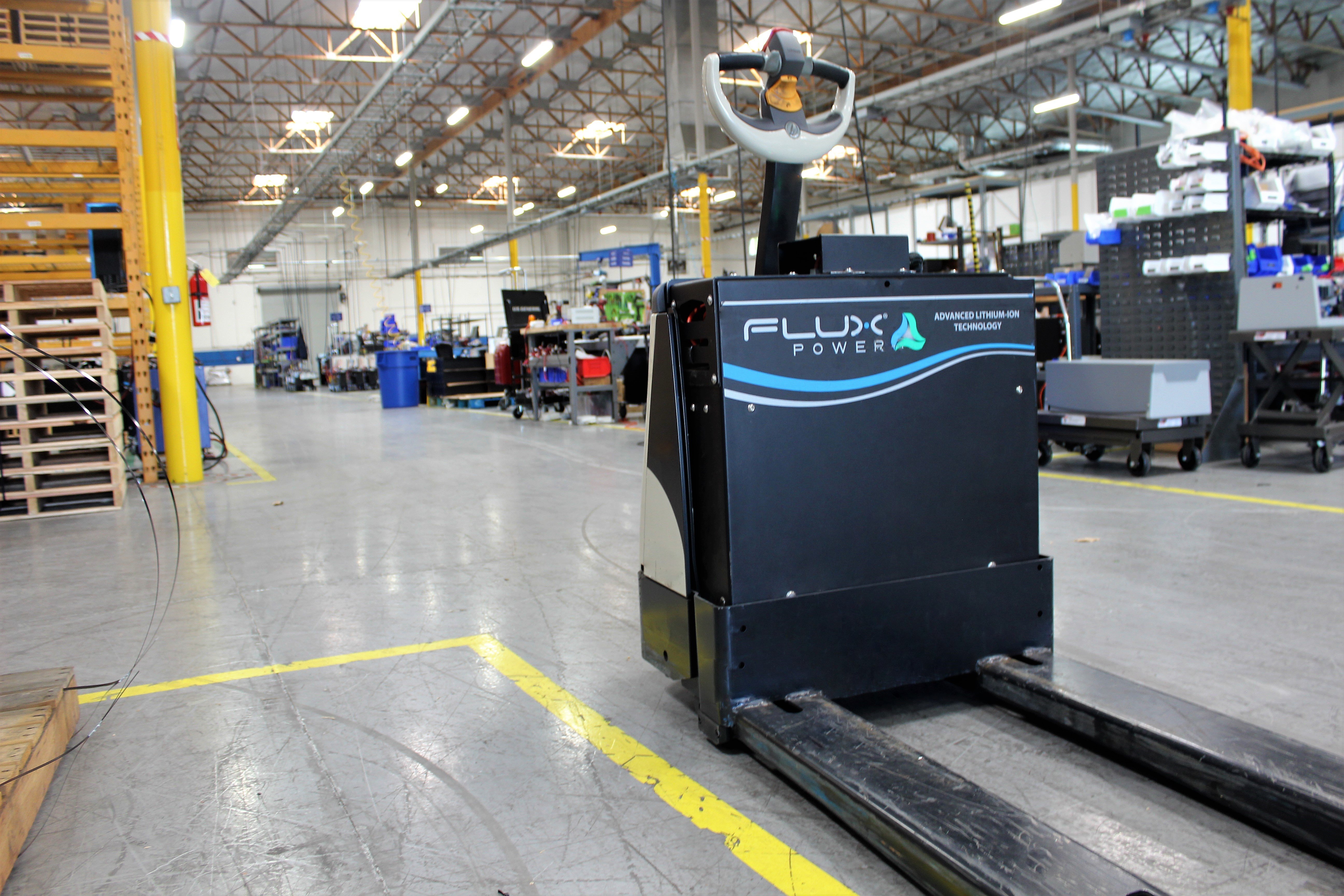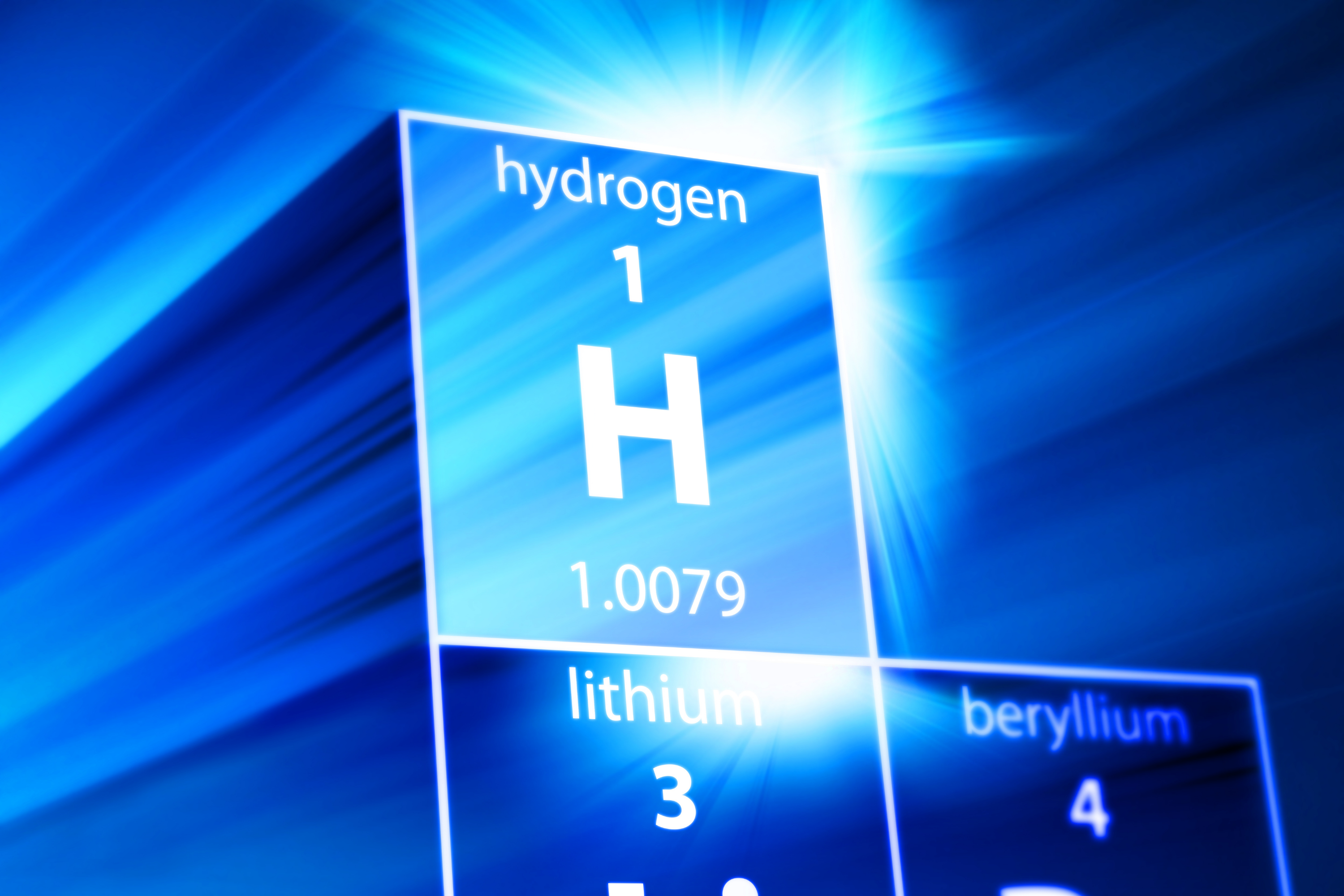- Go Back
-
Technology & Products
Fluxpower Technology
Products by Equipment Type
- Counterbalance Forklifts
- 3-Wheel Forklifts
- Narrow Aisle Forklift
- End Riders and Center Riders
- Walkie Pallet Jacks
- Airport GSE
- Pushback Trackros, Belt Loaders, and Luggage Tugs
- Industrial Equipment
- AGVs and AMRs
- Resources
-
About
About
- Our Company
- Careers
- Investor Relations
-
Contact
Contact
- Product Support
- Contact Us
- Request Quote

